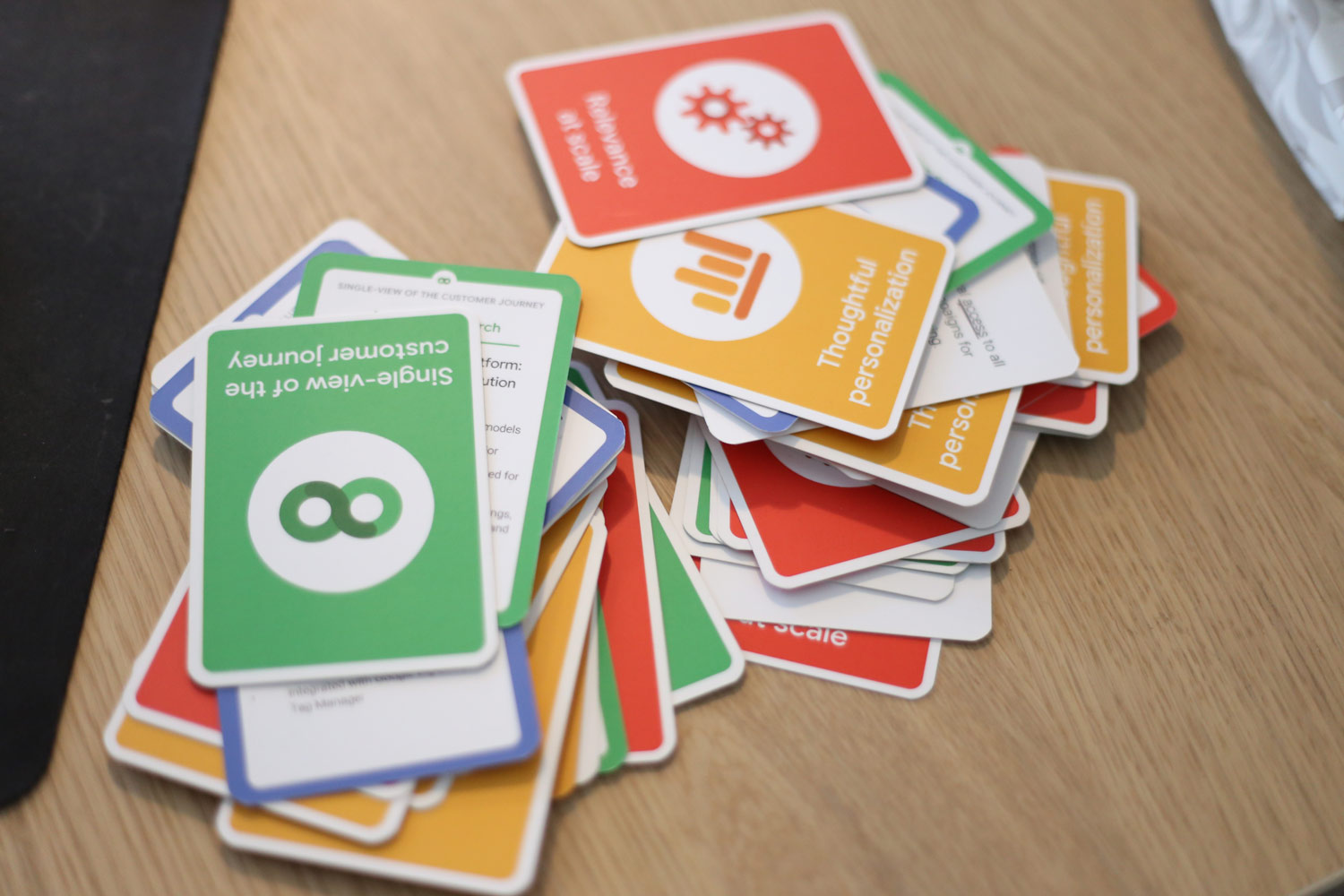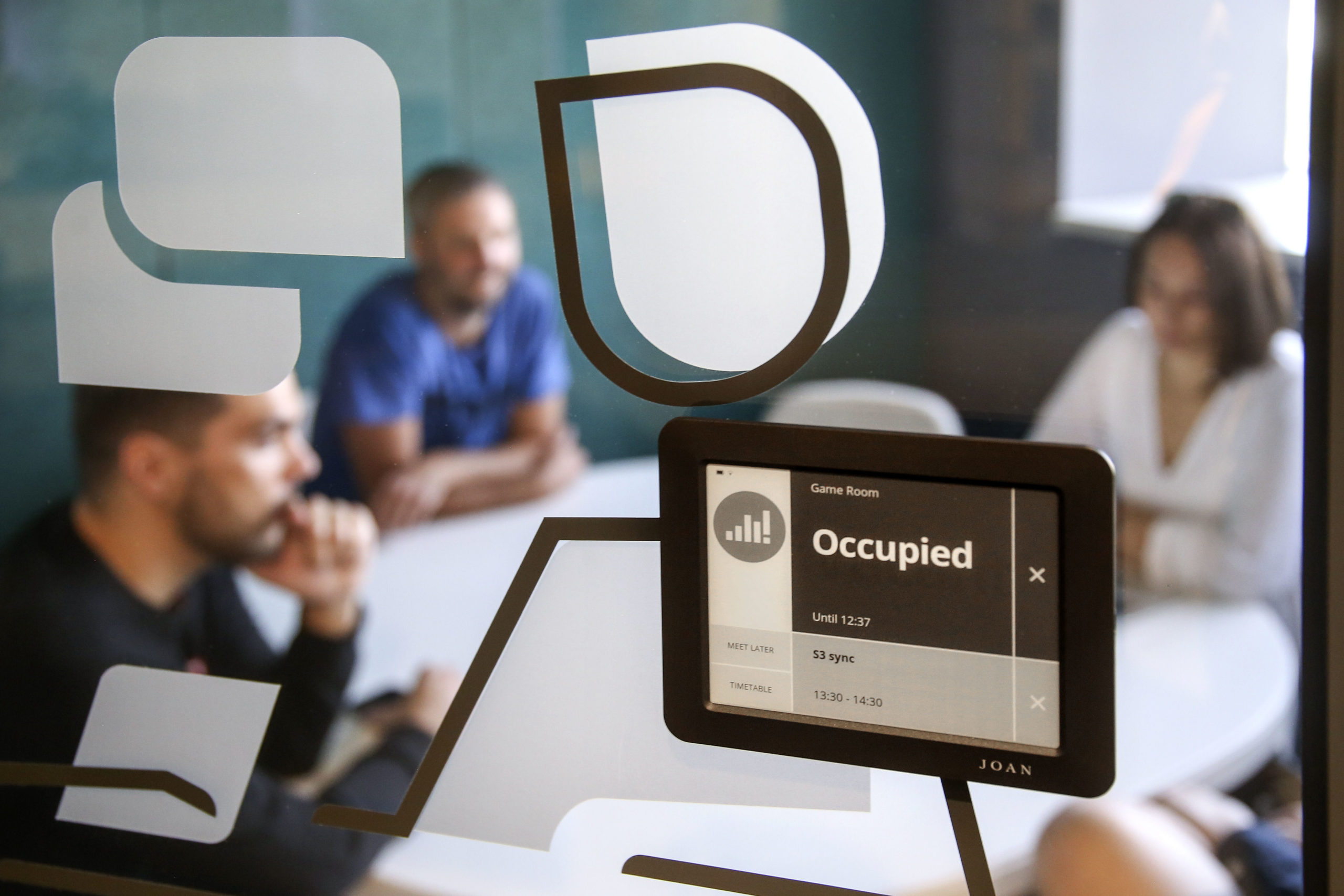In the world of advertising, data is more than just raw facts; it’s the key to unlocking meaningful narratives and creating connections. At a How2Wow workshop we attended featuring Ravid Kuperberg, a structured creative thinking expert and trainer in the field of brand communications, the intersection of data and creativity was vividly showcased through a series of compelling advertisements that went beyond mere information, transforming it into engaging stories.
The Data Journey: From Life to Story
Understanding the journey of data is essential. Life generates data, which, when imbued with meaning, transforms into valuable information. The true worth of data lies in the stories it can tell. Consider the progression: life ➔ data ➔ information (data with meaning) ➔ value ➔ story. Data, in essence, is only as valuable as the meaning it provides and the story it narrates.
Data as a Storytelling Element
The art of storytelling is evolving, with data becoming an integral part of the narrative. Ads are no longer just about products; they’re about the stories they can tell through data to make them even more captivating.
Examples of Data-Driven Ads
One exemplary case is the advertisement for Ruavieja, a drink deeply ingrained in Spanish tradition. The ad is based on the premise that the actual time left with people who matter can be calculated. By counting the time people have left to see each other, the ad transforms data into a poignant story about relationships and the value of time spent together, emphasizing the true essence of the drink.
Stella Artois: The Artois Probability
Stella Artois envisions a creative app that scans historic paintings to calculate the probability of the depicted drink being Stella Artois. This innovative approach adds a unique dimension to the brand, connecting it to art and culture and enticing engagement among consumers.
Czech Association of Insurance Companies (Čap): One Second Forever
Cap challenges the conventional speeding narrative by translating data into the cost of time. This film explores excessive speeding by telling the stories of drivers who have caused serious and deadly car accidents, all to save a mere 13 minutes of their time. The ad not only raises awareness but also serves as a powerful reminder of the consequences of prioritizing time over safety.
The Creative Translation of Data
The common pattern observed in these examples is the translation of data into something relevant to the brand and its users. Data tools act as the back office, while creativity serves as the front office display of information. Two approaches emerge: top-down translation, starting with data and creating a creative output, and bottom-up, beginning with a desired creative output and finding supporting data.
Some more examples:
Beyond Conventional Data: Alandsbanken’s Environmental Impact
Alandsbanken exemplifies environmental consciousness by hypothetically calculating the environmental impact of every made transaction. The Bank of Aland created a concept, the Aland Index, that allows consumers to see a digital environmental report with their credit card statement, fostering awareness and environmentally responsible consumer behavior.
Recreating Stories: Kinokuniya (2023 Cannes Lions Winner)
Kinokuniya’s translation of phone screen time into potential books read won the prestigious Cannes Lions award. This creative use of data not only showcases the brand’s innovative spirit but also highlights the importance of making the most of our time.
How do you put a face to corruption? Forbes used AI to analyze photos of corrupt convicts, creating an AI character with both photos and audios to raise awareness of corruption among students in Brasil.
Using Data to Transform Narratives
Data doesn’t just inform; it transforms narratives. Whether by giving a familiar story a new perspective (e.g., The Times: JFK Unsilenced), or by updating musical masterpieces in the context of climate change (as seen in the adaptation from Vivaldi to “For Seasons”), to recreating lost chapters in major sports events (Airtel: 175 Replayed); data breathes fresh life into storytelling.
Ultimately, the goal is mainly to craft a compelling advertisement, not necessarily change the world. It’s about creating a dynamic connection between variables, like Snickers Hungerithm where the price of Snickers goes up or down based on the mood of internet users. Another example is the Forsman & Bodenfors Child Voice GPS where the GPS switches to a child voice in areas around children playgrounds and schools enhancing safety and engagement. BGH’s “My Home Is an Oven” advertisement introduces users to a discount calculated based on how hot their living space is—meaning the hotter the apartment, the larger the discount.
Conclusion: Crafting Connections Through Creativity
In the realm of advertising, data is not just a tool; it’s the storyteller. As demonstrated by these examples, the fusion of data and creativity creates ads that resonate, not just for their products but for the stories they tell. By giving new meaning to data and recreating narratives, advertisers can forge dynamic connections with their audience, making an impact that goes beyond the numbers.







